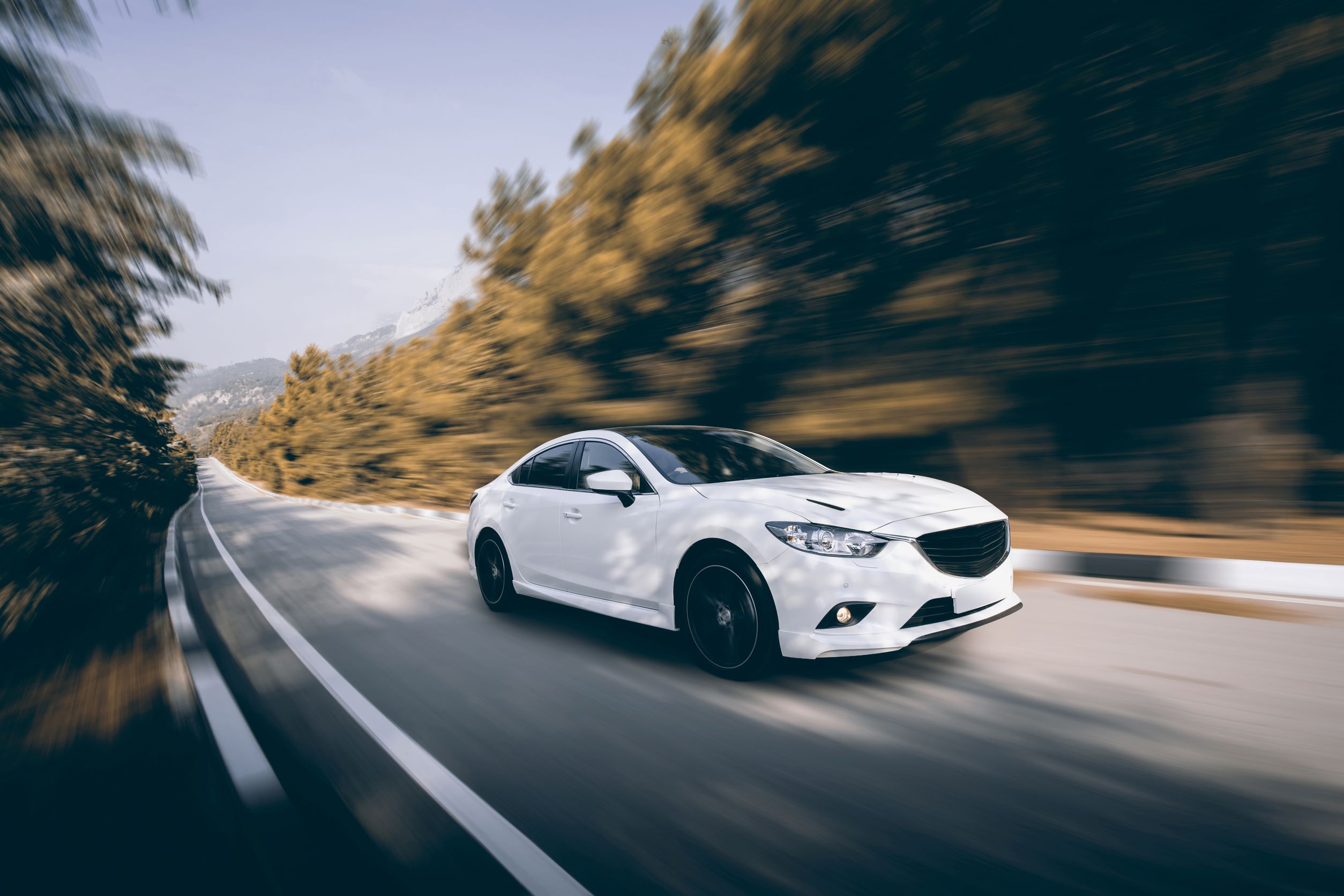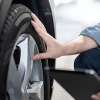
National Safe Speeds Day
National Safe Speeds Day encourages motorists to comply with speed limits and to understand the benefits of legal and safe speeds; lower speeds mean fewer road deaths. Lower speeds also improve quality of life, especially in urban areas, by reducing emissions, fuel consumption and noise.
National Safe Speeds Day is supported by police chiefs from across the UK, along with the National Roads Policing Operations and Intelligence and Investigation (NRPOII), the National Police Chiefs Council (NPCC) and the Association of Police and Crime Commissions (APPC). Police officers all over the UK will focus their efforts to encourage compliance with speed limits in collaboration with Project EDWARD – Every Day Without A Road Death.
Dangers of speeding:
3 in 4 UK drivers admit to exceeding the speed limit, with 6 in 10 thinking the limit is the safest speed to travel. Many modern cars are so powerful and refined that they provide little sensation of speed, making it all too easy to creep above the speed limit.
At 30 mph, a vehicle travels 14 metres every second. The faster a vehicle travels, the less time a driver has to identify and react to what is happening on the road ahead of them. Even under good conditions, the difference in stopping distance between 30 mph and 35 mph is an additional 7 metres, which is a 28% increase in stopping distance for only a 17% increase in speed.
Understanding Stopping Distance:
Additional Videos: Speed limits and excess speed | Consequences of speed
Important Statistics:




Managing Speed:
Drivers are solely responsible for the speed at which they drive, but there are some simple and practical things drivers can do to stay within the speed limits, whilst keeping themselves and other road users safe. These are as follows:
Check your speedometer regularly.
It often feels like you’re traveling at a significantly slower pace after leaving a motorway or dual carriageway. Traveling at 30 mph is still a speed which could result in serious injury or fatality if a pedestrian were to be hit. The only way to be sure you have reduced to an appropriate speed is to check the car’s speedometer regularly.
Although you should never rely on the ‘feeling’ of speed, you can improve your judgement by comparing how fast your speedometer says to how fast you think you’re driving.
Know the speed limits
Many drivers are caught speeding and complain that they thought the road had a higher speed limit. In many cases, the road doesn’t indicate the speed limit. For example, dual carriageways can have limits of 30 to 70 mph and it is easy enough to miss the speed limit sign when concentrating on your driving.
Drivers need to get into the habit of checking for speed limit signs at junctions, and for repeater signs along the roadside. If you’re unsure of the road speed, assume the limit is lower until you see a sign.
Assume lamp posts mean 30 mph, until signs say otherwise.
When driving in built-up areas, assume the limit is 30 mph until you see a sign saying otherwise, but remember the limit could be lower. The Highway Code advises that streetlights usually indicate the limit is 30 mph unless there are signs showing otherwise.
Remember, speed limits are a maximum, not a target
Speed limits set the maximum speed for that road. However, there are many times and circumstances when it is not safe to drive at that speed. For example:
- Around schools at opening and closing times
- Where parked vehicles reduce the width of the road
- On rural roads which are narrow, bendy and may offer restricted visibility
- In poor weather or reduced visibility
- On wet, icy, or snowy roads
20’s plenty when kids are about
Children’s awareness and judgement of how fast cars are moving is much lower than the average adult. Children are more easily distracted and are more likely to do things such as dashing into the road after a ball. Drivers can reduce the risk of serious injury by driving more slowly when children are, or may be, about.
Try no higher than 3rd gear in a 30-mph limit
If you struggle to keep your car within 30mph when driving in a 30mph zone, try driving in 3rd gear. This will depend on your engine size, but in many modern cars 3rd gear is possible without making the engine labour. Automatic cars normally have several forward gears, so the driver should choose the gear which makes it easiest to keep the vehicle under 30 mph.
Recognise what makes you speed
We all have things that make us more likely to speed up and perhaps exceed the limit unintentionally. This could be feeling pressurised by a driver following closely behind, the temptation to overtake a vehicle in front or simply going downhill. Learning to recognise your own ‘speed triggers’ will make it easier to avoid speeding.
Concentrate – distracted drivers speed
Trying to do something else whilst driving is distracting. Distracted drivers will find it difficult to maintain awareness and are more likely to speed. The law requires drivers always to be in proper control of their vehicle, and drivers who smoke or eat whilst driving can be prosecuted. There is also a specific law banning the use of mobile phones, or other communication devices, while driving.
Slow down when entering villages
Villages are often surrounded by roads with 60 mph limits. But in the village, there are pedestrians, cyclists, junctions, slow-moving vehicles. The road may reduce gradually from 60 mph to 30 mph as you approach the village, or it may change directly between the two. Begin to slow down as you see the speed limit sign so that you have already reduced your speed to 30 mph by the time you reach the village.
Give yourself time – there’s no need to speed and you won’t get there quicker
Exceeding the speed limit makes little difference to your arrival time. The time it takes to complete a journey is determined much more by your average speed, rather than the maximum speed you achieve for part of it. This is especially true in urban areas, where you constantly have to slow down for junctions, traffic lights and other road users. Knowing that you have plenty of time to complete your journey will help you to relax and avoid the temptation to push your speed.
Enhance your fleet:
If you drive for business, you’re probably on the road more often, increasing your chances of a road incident compared with the normal everyday commuter. Inevitably, you will be driving against the clock trying to get from A to B, or wanting to get your delivery round finished by the end of the day. However, this will result in you or your staff driving at inappropriate speeds, or risk other violations such as running red lights and driving too close to other drivers.
Businesses must outline the procedures and policies, making sure that all staff, including directors, senior managers and fleet administrators understand what is expected of them. However, it is easy enough to let staff slip through the net and drive with invalid licences, incorrectly insured vehicles, and failed MOTs.
Are you confident that you have adequately risk-assessed your fleet and that your drivers are as safe and efficient as they can be?
Talk to us about our range of solutions to enhance your fleet safety. From speed management training to online risk management tools combined with e-learning, and a host of other handy features, IAM RoadSmart is here to help.



